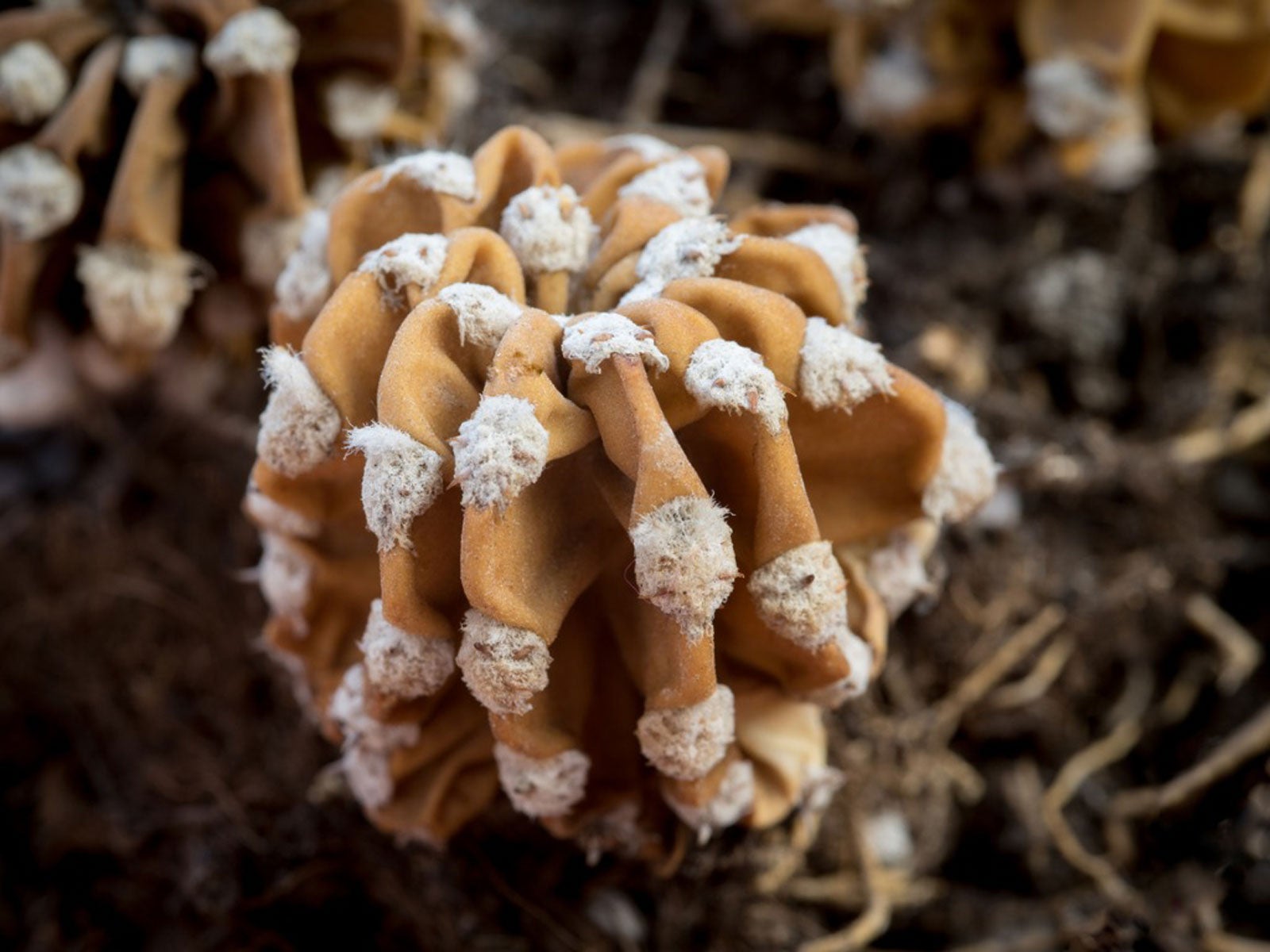Cactus Rot: Common Causes & How To Fix Them
If your favorite plant shows signs of cactus rot or soft cactus spots, it may be suffering from pests or fungal diseases. Learn what to do.


Cactus rot is caused by several factors but it may be possible to save a rotting cactus.
A cactus is one of the simpler houseplants to grow. Cacti generally have few problems, but excess moisture is one of the most common. Sometimes the solution is simple cultural care, while other times it could be due to improper medium, light, or even container. So it's worth brushing up on your cactus care skills.
Why Is My Cactus Soft and Mushy?
A cactus rotten at the bottom is undergoing different stresses than one that is softening in the stems or pads. Symptoms of cactus rot could be:
- Yellow stems
- Foul odor
- Soil gnats
- Distorted stems and pads
- Dark spots on the skin
- Softening at the soil line
- Discolored white or pink blisters on the skin
Plants that are experiencing root rot are a bit harder to detect before serious damage occurs. This is because the problem is under the soil, where it is difficult to view. But even root rot will make its presence known on the surface of the plant. Examine all the parts of the plant to determine if a fungal disease is the problem. Plants in searing heat may also develop discoloration and disfigurement from sunburn, as will those that have been attacked by common cacti and succulent pests.
Common Causes of Cactus Rot
If you’ve determined a fungal issue is at the core of the problem, you may be wondering what’s causing it.
If your home is very humid and warm, the soil will stay overly wet and the stems will be prey to fungal spores. These could be from other plants, in the air, from contamination, or in the soil itself. Overwatering is the most common cause of fungal disease. Most cacti need well-draining soil and a drying-out period between watering. They cannot tolerate sitting in a dish of water. In these instances, the roots can develop fungal rots of various types.
An opening in the plant may also be causing a soft cactus. This could be due to pruning, accidental injury, insect feeding, or other causes. The wound allows fungal spores to penetrate the plant. Types of fungal spores commonly found in cacti:
Sign up for the Gardening Know How newsletter today and receive a free copy of our e-book "How to Grow Delicious Tomatoes".
- Charcoal Spot
- Anthracnose
- Dry Rot
- Cotton Root Rot
- Soft Rot
How to Save a Rotting Cactus
Saving the plant will depend upon where the rot is located. Cactus rot in the root is a much harder condition for the plant to survive. Plants that have disease signs on the pads or stems are much easier to cure. There are different steps for each of these conditions. These steps may be used in conjunction with a copper fungicide applied to the soil.
Saving a Cactus with Root Rot
There is no guarantee the plant will survive, but it’s worth a try to take the following steps:
- Unpot the plant and throw out the soil. The soil is where the pathogen is harbored and should not be reused.
- Bleach out the container and let it air dry completely.
- Make sure the drainage holes are unobstructed.
- Fill the container with good, fresh cactus soil.
- Wash the roots of the plant with a light water and bleach solution, or rinse with household alcohol.
- Prune away any foul, discolored roots.
- Allow the roots and base of the plant to completely dry out and callus.
- Repot the plant and let the soil remain dry for a week.
- Begin watering as usual.
Cactus with Stem Rot
The same steps should take place that occur in the case of root rot. The affected plant material should also be pruned off, using clean, sterile implements.
One idea that may be more foolproof is to remove a pad or stem that is unaffected by the disease. Cacti and most other succulents can be started easily by vegetative cuttings. Let the cut material callus for a few days before repotting cacti in fresh, clean, cactus soil.
Rotting Cactus with Pests
Plants that go outdoors for summer will come in contact with various insect pests, especially mealybugs. Plant material that has been severely destroyed by the insects should be removed.
Use a cotton swab dipped in a 70 percent solution of rubbing alcohol to wipe off the bugs. This must be done consistently and daily until all signs of the insects have gone.
Frequently Asked Questions
How Do You Save the Top of a Rotting Cactus?
In very severe cases, the top of a cactus will need to completely be removed. Cut away any sign of infection. The plant part should be cut back to a joint or root node and allowed to callus for several days. Plant the cutting into a sterile medium, such as lightly moistened sand, until it produces roots. After rooting, it may be potted up as usual.
What Does an Overwatered Cactus Look Like?
The symptoms of overwatering may show wilting in leaves, soft spots in pads and stems, softening at the base, and in some cases, leaking and splitting in the body. Consider using a soil meter if you are prone to overwater your cactus.

Bonnie Grant is a professional landscaper with a Certification in Urban Gardening. She has been gardening and writing for 15 years. A former professional chef, she has a passion for edible landscaping.